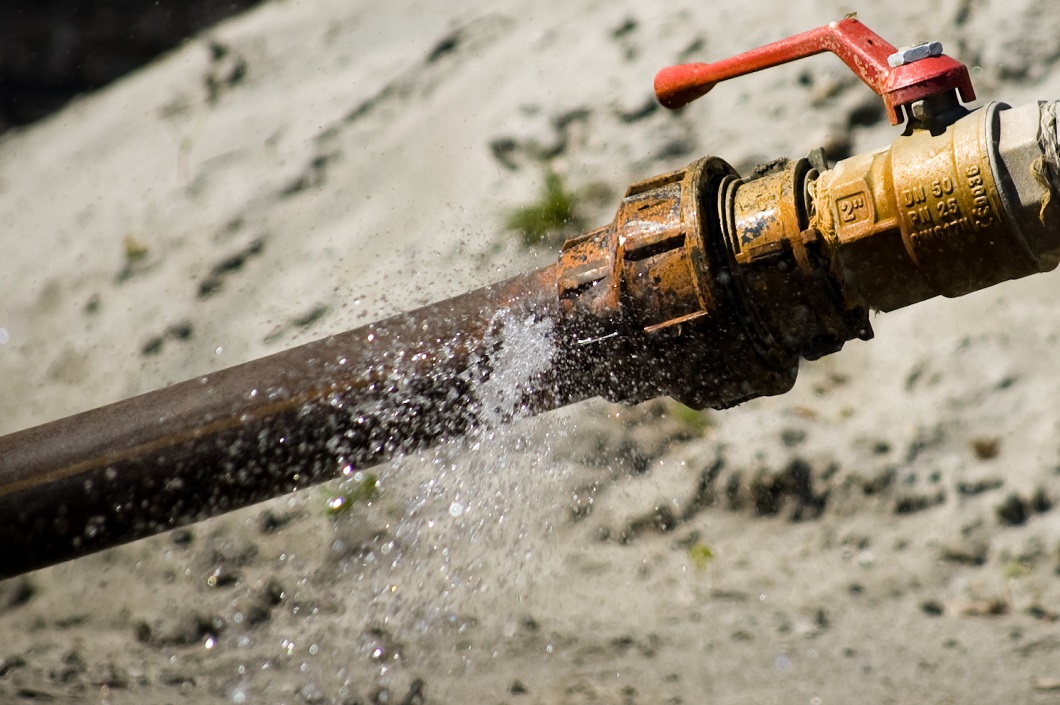WESTWOOD—According to a new UCLA study, California water agencies are unable of maintaining an accurate account of how much water is lost to leakage and breaks.
The UCLA Institute of the Environment and Sustainability made the conclusion after surveying 10 water agencies in Los Angeles.
Six of the ten surveyed agencies couldn’t distinguish between unbilled or unauthorized water uses and water leaks. The four agencies that did measure leaks reported “an improbably low percentage,” the report said.
“It appears that most retailers don’t think of minimizing leaks and breaks as a conservation responsibility, despite the cost and scarcity of water in California,” said co-author Madelyn Glickfeld, director of the UCLA Water Resources Group. “States such as Georgia, Washington and Texas actively encourage and train water agencies in conducting water system audits, but not California.”
Kartiki Naik, a staff research associate at UCLA’s Institute of the Environment and Sustainability, said the technology to monitor leaks and stress points is available.
“Los Angeles County seems to lack a proactive strategy,” Naik said. “Only three out of the 10 retailers that we surveyed used available leak-detection technology to prevent leaks. Only six had a program to replace a certain amount of old pipe each year and their maintenance schedules would take about 100-330 years to replace every pipe.”
California currently does not require reporting on water loss from breaks and leaks.
In April, the Senate Committee on Natural Resources and Water approved SB 555, a bill that would create rigid rules for monitoring and preventing water loss.
California State Senator Lois Wolk, who authored the bill, said the report shows that “there are many more things that California water agencies, not just in Los Angeles but statewide, should be doing now to reduce water losses from leaks.”
“As the research shows, reducing water lost from leaks and breaks in water systems provides many cost-effective benefits such as increased water supply reliability, reduced energy usage and improved infrastructure longevity,” Wolk said.






